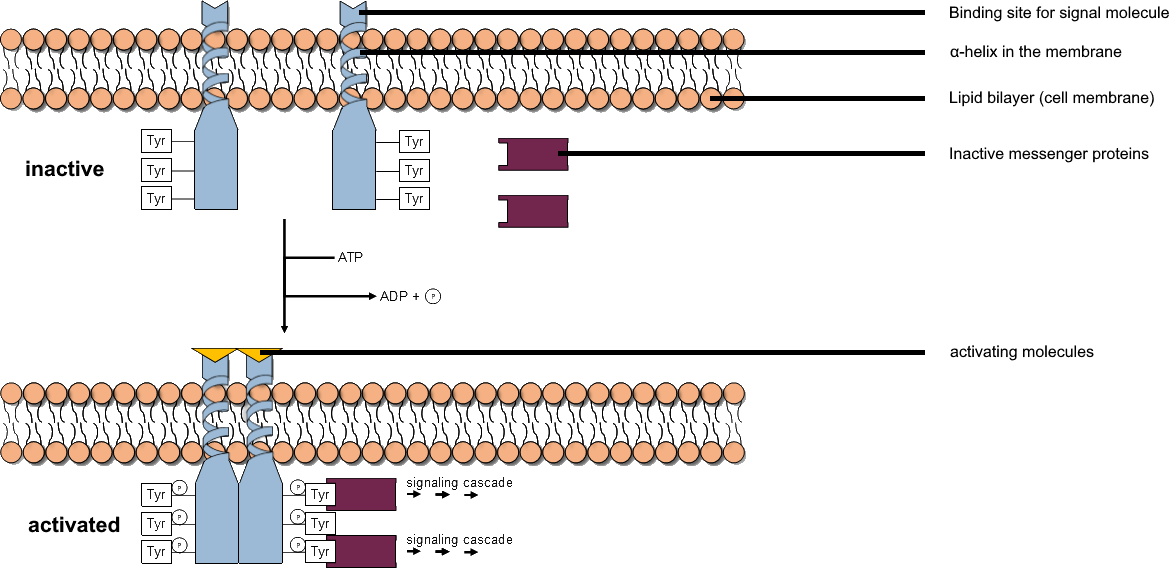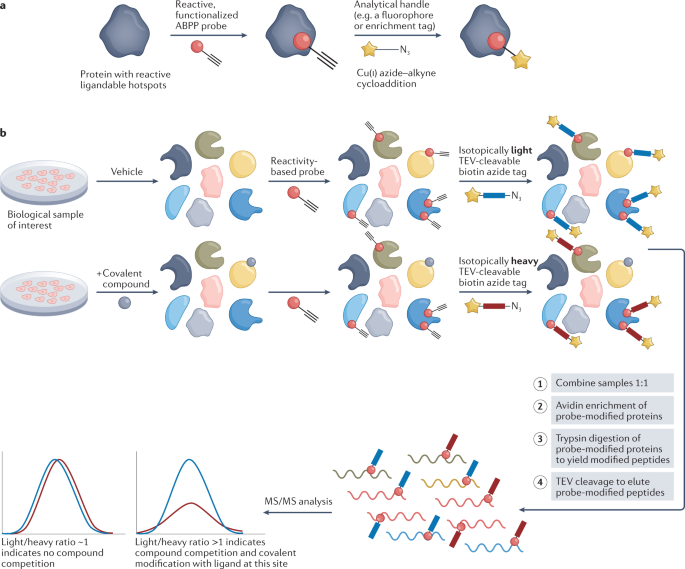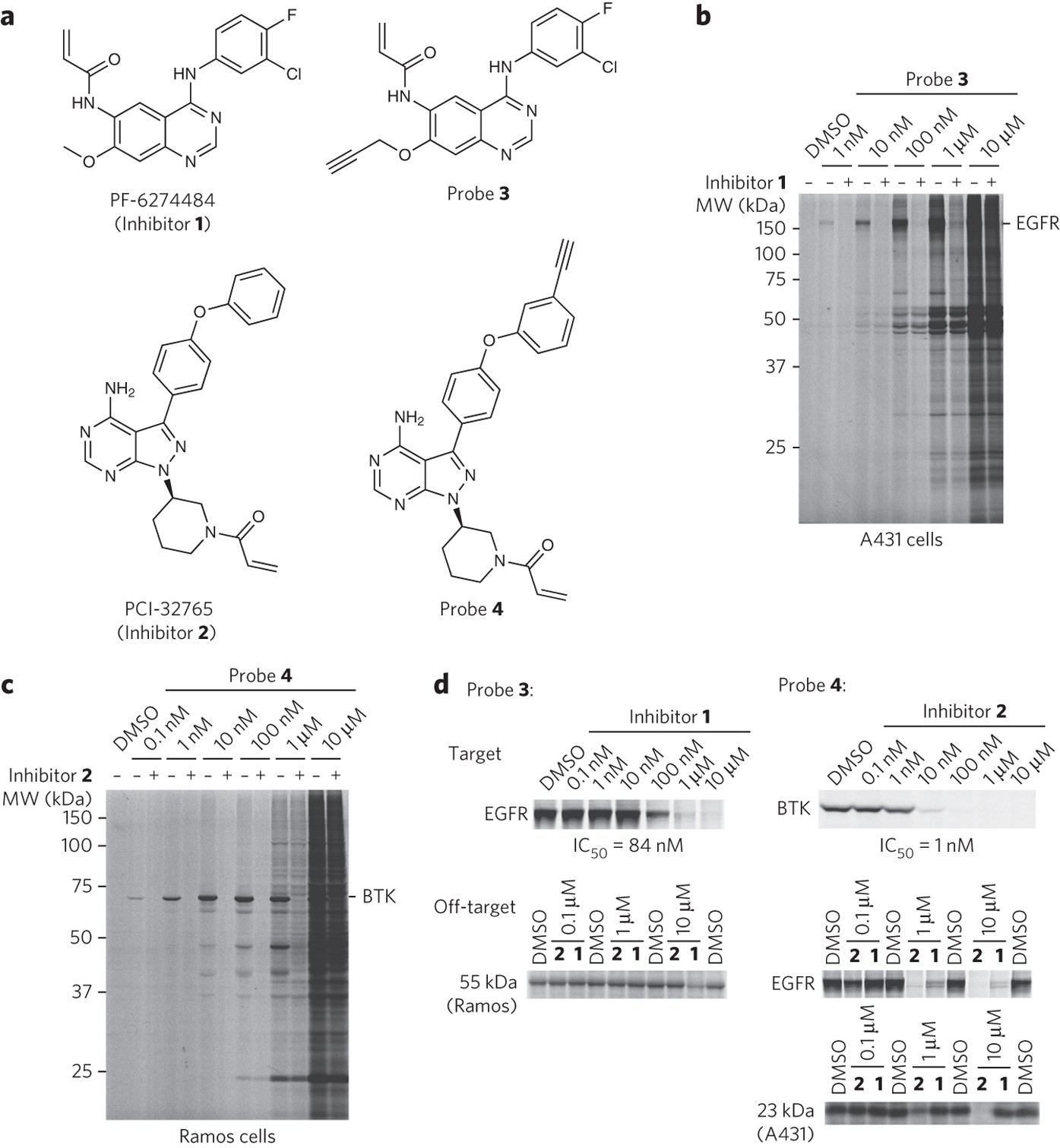Relative Selectivity of Covalent Inhibitors Requires Assessment of Inactivation Kinetics and Cellular Occupancy: A Case Study of Ibrutinib and Acalabrutinib
Por um escritor misterioso
Last updated 14 abril 2025


Full article: Drug delivery targets and strategies to address mast cell diseases

A guide to enzyme kinetics in early drug discovery - Srinivasan - 2023 - The FEBS Journal - Wiley Online Library

Tyrosine Kinase: Most Up-to-Date Encyclopedia, News & Reviews

Covalent Modifiers: 2017

Case Study - COVALfinder to Study Irreversible EGFR Drugs

Advances in covalent drug discovery

Melissa Hopper - Immunology Doctoral Candidate - Mayo Clinic Graduate School of Biomedical Sciences

A road map to evaluate the proteome-wide selectivity of covalent kinase inhibitors

A steady-state algebraic model for the time course of covalent enzyme inhibition

Ibrutinib Inhibits Platelet Integrin αIIbβ3 Outside-In Signaling and Thrombus Stability But Not Adhesion to Collagen

Kinetic mechanisms of covalent inhibition - ScienceDirect

Selective Inhibition of Bruton's Tyrosine Kinase by a Designed Covalent Ligand Leads to Potent Therapeutic Efficacy in Blood Cancers Relative to Clinically Used Inhibitors
Recomendado para você
-
 Brain Test Level 372 He wants big muscles in 202314 abril 2025
Brain Test Level 372 He wants big muscles in 202314 abril 2025 -
 Western blots show p65 antibodies that passed the test of specificity14 abril 2025
Western blots show p65 antibodies that passed the test of specificity14 abril 2025 -
 Brain Sciences, Free Full-Text14 abril 2025
Brain Sciences, Free Full-Text14 abril 2025 -
 Brain Test Level 56 How many eggs are there in 202314 abril 2025
Brain Test Level 56 How many eggs are there in 202314 abril 2025 -
 pi :: Psychiatry Investigation14 abril 2025
pi :: Psychiatry Investigation14 abril 2025 -
 We've Got News for You About Supercharging Your Brain - Nautilus14 abril 2025
We've Got News for You About Supercharging Your Brain - Nautilus14 abril 2025 -
Erase Puzzle for Android - Download the APK from Uptodown14 abril 2025
-
Introduction to Cortical Neurons14 abril 2025
-
 Integrated Workflow Intelligence14 abril 2025
Integrated Workflow Intelligence14 abril 2025 -
 Brain Test Level 86 Birdie has overslept. Try shaking the tree in 202314 abril 2025
Brain Test Level 86 Birdie has overslept. Try shaking the tree in 202314 abril 2025
você pode gostar
-
 ROBLOX cartoon clothing t shirt boys shirts ROBLOX kids tshirt boy t-shirts summer tops for girls shirts children clothes - AliExpress14 abril 2025
ROBLOX cartoon clothing t shirt boys shirts ROBLOX kids tshirt boy t-shirts summer tops for girls shirts children clothes - AliExpress14 abril 2025 -
 Novos talentos se unem ao elenco de House of The Dragon, spin-off14 abril 2025
Novos talentos se unem ao elenco de House of The Dragon, spin-off14 abril 2025 -
 resident evil 4 torrent pc|TikTok Search14 abril 2025
resident evil 4 torrent pc|TikTok Search14 abril 2025 -
Forgotten Memories pt 2? #Roblox #FNAF #FNAFROBLOX #SecurityBreach #Fn14 abril 2025
-
 Meme Creator - Funny let the games begin Meme Generator at !14 abril 2025
Meme Creator - Funny let the games begin Meme Generator at !14 abril 2025 -
 Qual é o animal?: jogo de tabuleiro focado em vocabulário14 abril 2025
Qual é o animal?: jogo de tabuleiro focado em vocabulário14 abril 2025 -
 MAU CHEIRO após RELAÇÃO: Causas e Soluções14 abril 2025
MAU CHEIRO após RELAÇÃO: Causas e Soluções14 abril 2025 -
 flashback to the time tylerrrr put technoblade on a map on an SMP14 abril 2025
flashback to the time tylerrrr put technoblade on a map on an SMP14 abril 2025 -
 brain test nivel 41114 abril 2025
brain test nivel 41114 abril 2025 -
 Mod Request - Unlimited Spider-Man Suit at Marvel's Spider-Man Remastered Nexus - Mods and community14 abril 2025
Mod Request - Unlimited Spider-Man Suit at Marvel's Spider-Man Remastered Nexus - Mods and community14 abril 2025

